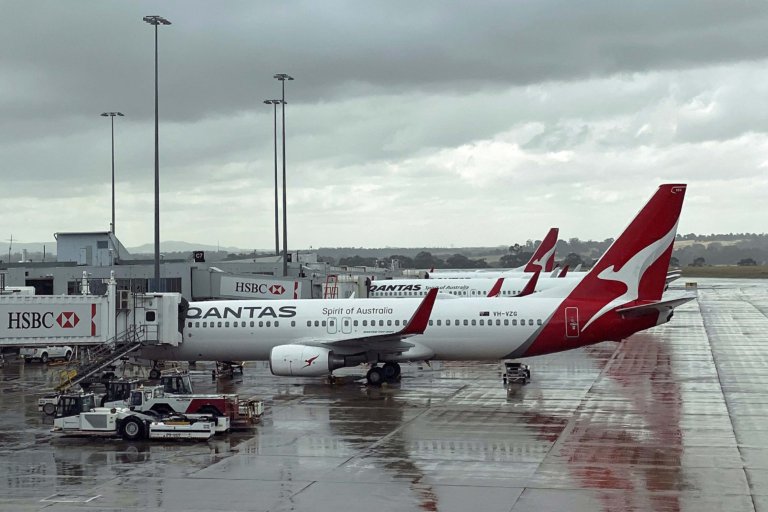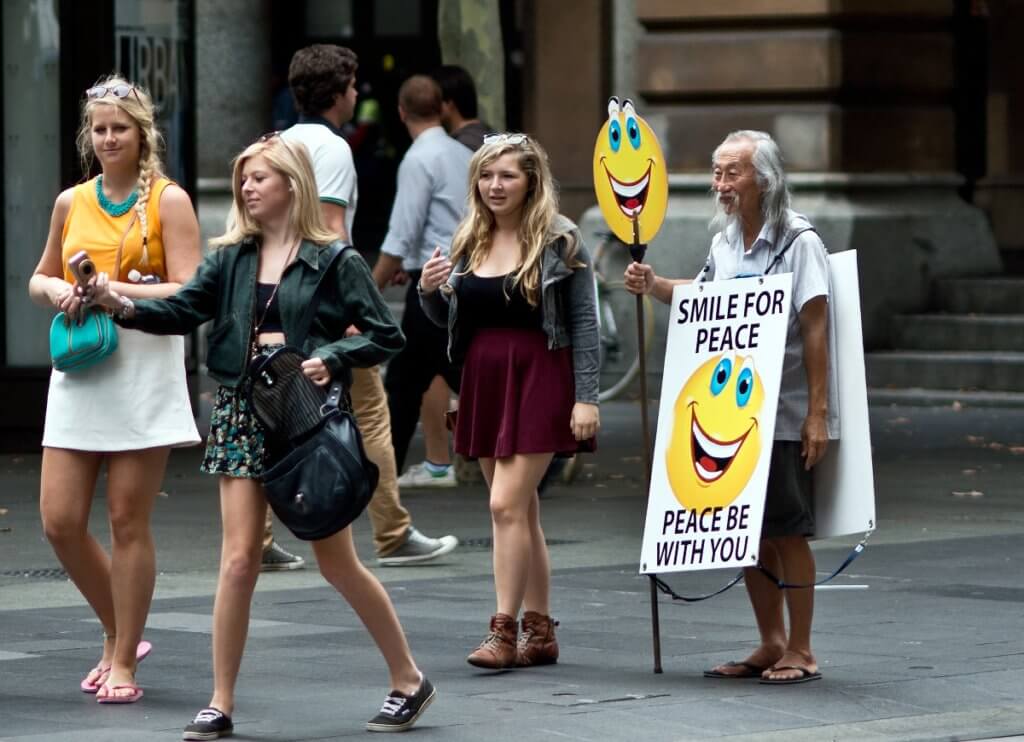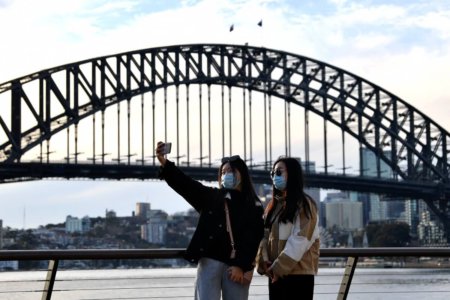
International students hoping for some positive news from the National Cabinet meeting in Canberra on March 5 have had their hopes dashed. Australia’s border closure to international students would remain for the time being, according to Prime Minister Scott Morrison. “We share that view about wanting to open up. At this stage, however, opening up to international arrivals at that scale is not considered safe or wise,” he was quoted saying by SBS Punjabi.
None of the premiers or the chief ministers disagreed about the closure of international borders and the current arrangements for that, which extends out to the end of June, said Morrison. When asked if the government had decided to allow international students to return to the country, he said there was no change, adding that it would be good but that “we’re not at that point”.
Stranded students frustrated by Australia’s border closure

Thousands of international students are still stranded abroad. Source: David GrayA/FP
International students who are currently locked out of Australia were left frustrated by the outcome of the National Cabinet meeting. Student group Voice of International Students Australia (VoISA) is part of an initiative to “sensitise the Australian government to the plight of international students stuck offshore” through a hashtag campaign before the National Cabinet meeting. They were also hoping for a clear message from the Commonwealth Government about their return to Australia.
A VoISA member who only wanted to be identified as Amna said some students are planning to treat the outcome of the March 5 meeting as the last straw. Unless there is positive news about their return to Australia, they plan to transfer to universities in Canada or the UK. International students expressed their dismay on Twitter, including via the #LetUsBacktoAus and #InternationalStudentsAustralia hashtags. VoISA tweeted: “The idea behind tweeting and trending was to “sensitise” the Commonwealth Government on our plight. Recent events have revealed that they are fully aware of our situation, despite that not willing to show any flexibility in actions or softness in their attitude #LetUsBackToAus.”
Another user, Usman Mustafa, tweeted: “We shouldn’t have to beg the govt to pay attention to us. After 12 months of the pandemic, the government must show some willingness and take steps to support us. This throwing us under the bus attitude has gone too far #LetUsBackToAus #InternationalStudentsAustralia @ScottMorrisonMP @GladysB”. Many other students tweeted their willingness to quarantine and pay the necessary fees to be let back into Australia.
Fewer international students in Australia

Australia’s border closure means students will have to continue with online learning. Source: Manan Vatsyayana/AFP
The Sydney Morning Herald reported that Australian universities saw a drop of more than 80% of new Indian students in Australian universities. The Indian student market was worth over six billion Australian dollars to the Australian economy in the 2019-20 financial year. Data from the Department of Education, Skills and Employment notes that the top two source countries to Australia last year were China (38.4% of enrolments) and India (19.0%). Around 2,500 Indian students began studying at Australian universities between July and November last year — a decline of 83% compared with the same period in 2019, said the report, quoting data from the Department of Education.
Overall, there was a 23% drop in international student commencement in higher education last year, according to data from the Department of Education, Skills and Employment. There were negative double-digit commencement changes for countries outside the top five (including Vietnam, South Korean, Thailand, Malaysia, Taiwan, Japan, the US) with over 2,800 enrolments, suggesting some sector instability due to Australia’s border closure.
Enrolments are students studying a course and generally do not represent the number of overseas students in Australia or the number of student visas issued in different countries. Commencement is a new student enrolment in a particular course at a specific institution.
Back in 2011, Joel Spencer, then PhD student at RMIT University, said: “Enrolments are all well and good, but what really matters in terms of predicting the future health of the industry is commencements. This is because, to remain stable, you’ve got to commence more students than you are graduating. Otherwise, over time, the total number of students enrolled decreases.”











